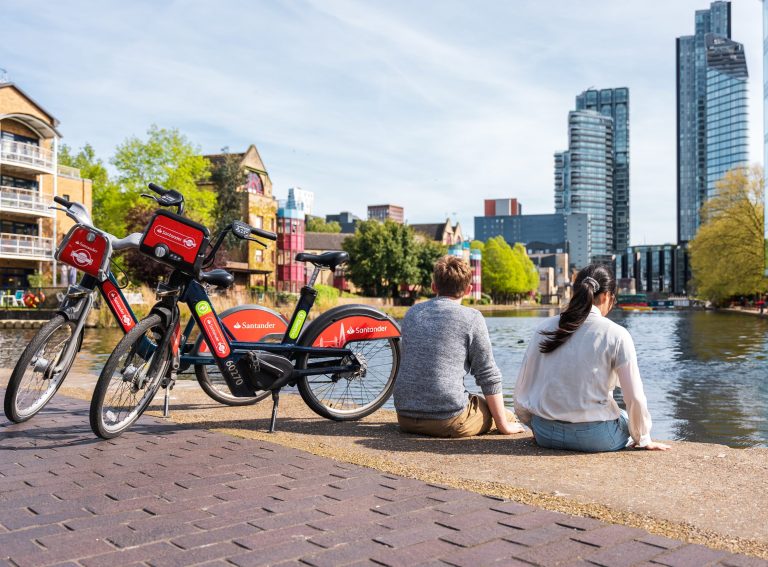New data from PeopleForBikes finds that England is lagging far behind Europe for how cycling-friendly its towns and cities are.
According to the U.S. bicycle trade association’s annual City Ratings data, which ranks global towns and cities for how cycling-friendly they are, English cities received an average score of 59 out of 100, compared with an average European city score of 71 when England is excluded.
The average European city score including England was 64 out of 100, ranging from 35 for Leigh-on-Sea, England, to 89 for The Hague, Netherlands.
“The uptake of cycling in cities is directly connected to government priorities. When government leaders invest in making cycling more accessible and appealing, more people choose cycling for everyday transportation,” PeopleForBikes President and CEO Jenn Dice told Zag Daily.
“If more cities in England make similar long-term commitments to invest in cycling, they will gradually catch up to their European peers.”
No English locations ranked in the top 10 of the total 137 European cities measured by the study. Rather, the top 10 consisted of four countries: The Netherlands with five cities, France and Belgium with two, and Germany with one.
The data comes four years on from the UK Government’s Gear Change strategy which aims for 50% of journeys in towns and cities to be walked or cycled by 2030.
London leads nationally
Though England lags behind Europe, London is found to lead the rest of the country with an average rating of 69 out of 100, followed by Greater Manchester ranked at 49 and the West Midlands at 46.
Of the 20 highest rated boroughs in England, 16 were in the capital and three London boroughs were ranked in the top 20 international cities. These are Hackney and Islington ranked 13th and 15th with a score of 82 out of 100, and Southwark in 19th place with a score of 80.
However, the highest-rated location in the country wasn’t in the capital but was Cambridge with a score of 84.
One way London can catch up with its European counterparts is by lowering speed limits. According to Jenn, the capital has already made good progress on this and should continue to identify additional streets in need of speed limit reductions.
“Speed is a primary factor in traffic crashes, determining whether they will happen and the severity of crash outcomes.”
London’s fragmented cycle network is also flagged as an area for improvement, despite the capital’s recent investment in cycleways. “Filling in those gaps with separated, protected cycleways will ensure people can travel as easily by bike throughout the city as by other means of travel.”
The aim of the City Ratings data, which comes days before the UK general election, is to provide all city leaders and governments with insights to improve cycling in their communities.
“We hope the data provides a valuable tool in advocates’ toolbox to encourage their political leaders to commit to policies, plans, and funding that will accelerate the construction of a connected cycling network throughout their city. And we hope the data motivates policymakers to learn from other great cycling cities and transform their own cities into great places to ride a bicycle.”






